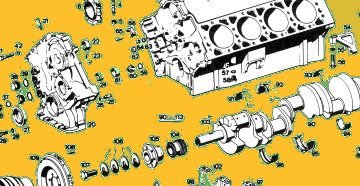post assignment links (2007-06-24)
excellent and thought provoking take on a number of theories:
http://www.learningandteaching.info/
Includes some good heterodoxy
Not related to the Salmon of Doubt Actually a wanabe eclectic, proto collaborative effort by Josh Scott-Jouir to complete the course requirements for ed4134 in June 2006. To contact me send email to the first part of this web address (remove http:// and blogspot.com) AT yahoo DOT com DOT au.
excellent and thought provoking take on a number of theories:
Classroom Management
Get into the mind of a child who is walking into a school that I know
These needs are classified under five headings. The first is our primary and physical need for:
And the following four are psychological.
i) Man is a social being and his main desire (the basic motivation) is to belong.
ii) All behavior is purposive. One cannot understand behavior of another person unless one knows to which goal it is directed, and it is always directed towards finding one's place.
iii) Man is a decision-making organism.
iv) Man does not see reality as it is, but only as he perceives it, and his perception may be mistaken or biased.
Dreikurs (from http://wik.ed.uiuc.edu/index.php/Dreikurs%2C_Rudolf)
Piaget: Constructivism
Sat 3/3/2007
Specifying intentions for a lesson - Ausubel
the most important thing a child could bring to learning situation was what s/he already knows...http://chd.gmu.edu/immersion/knowledgebase/strategies/cognitivism/AdvancedOrganizers.htm
The most important element of meaningful learning is not so much how information (rote vs. discovery) is presented but how new information is integrated into an existing knowledge base.
1. Advanced Organizers
2. Expository - describe the new content.
3. Narrative - presents the new information in the form of a story to students.
4. Skimming - used to look over the new material and gain a basic overview.
5. Graphic organizer - visiuals to set up or outline the new information.
6. Concept mapping
email blog address to acoman@nd.edu.au03/03/07
Australia’s future depends upon each citizen having the necessary knowledge, understanding, skills and values for a productive and rewarding life in an educated, just and open society. High quality schooling is central to achieving this vision.Following the declaration, the states each formulated their own, with mixed success:
....It acknowledges the capacity of all young people to learn, and the role of schooling in developing that capacity. It also acknowledges the role of parents as the first educators of their children and the central role of teachers in the learning process.
Schooling provides a foundation for young Australians’ intellectual, physical, social, moral, spiritual and aesthetic development. By providing a supportive and nurturing environment, schooling contributes to the development of students’ sense of self-worth, enthusiasm for learning and optimism for the future.


